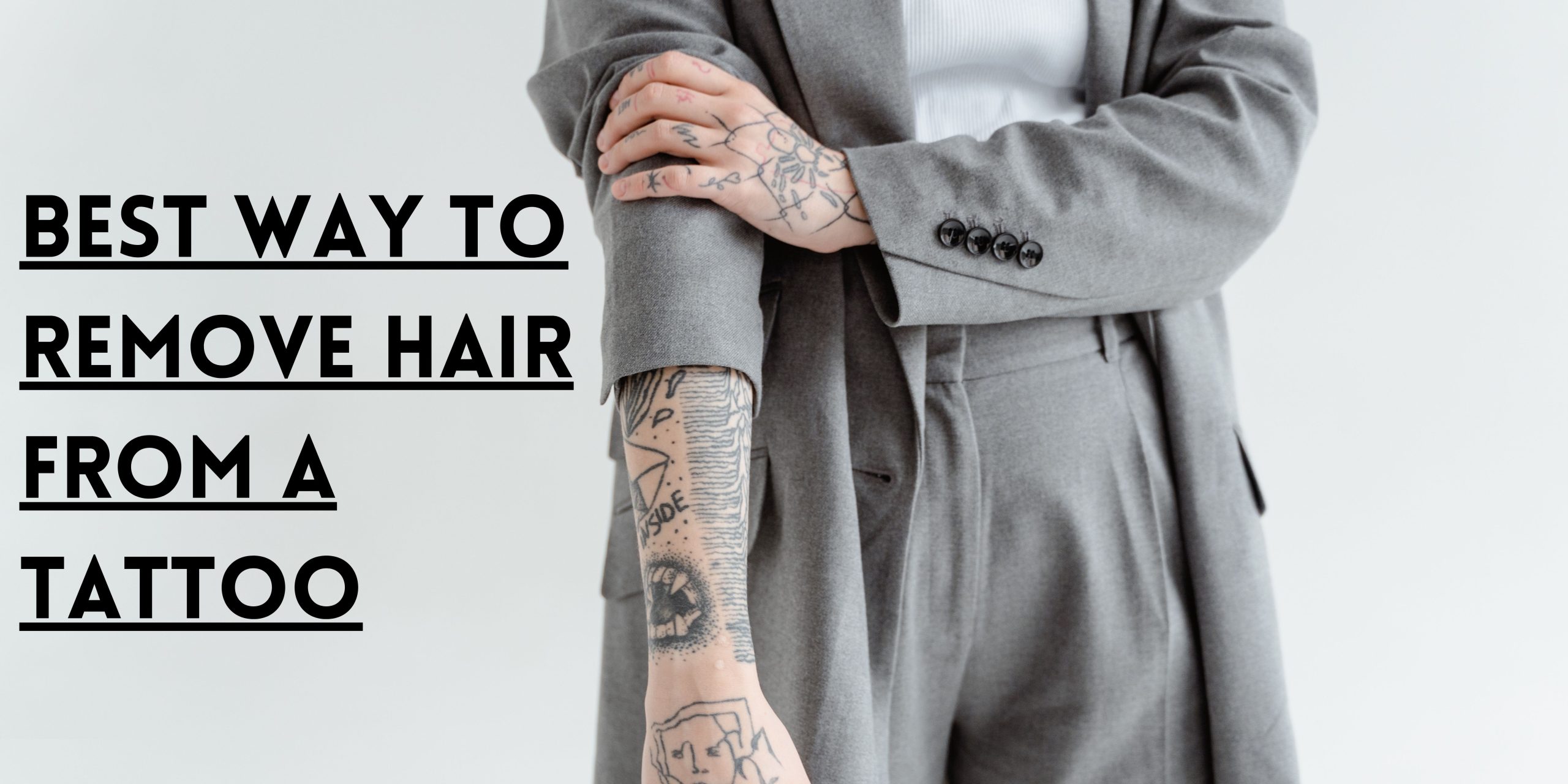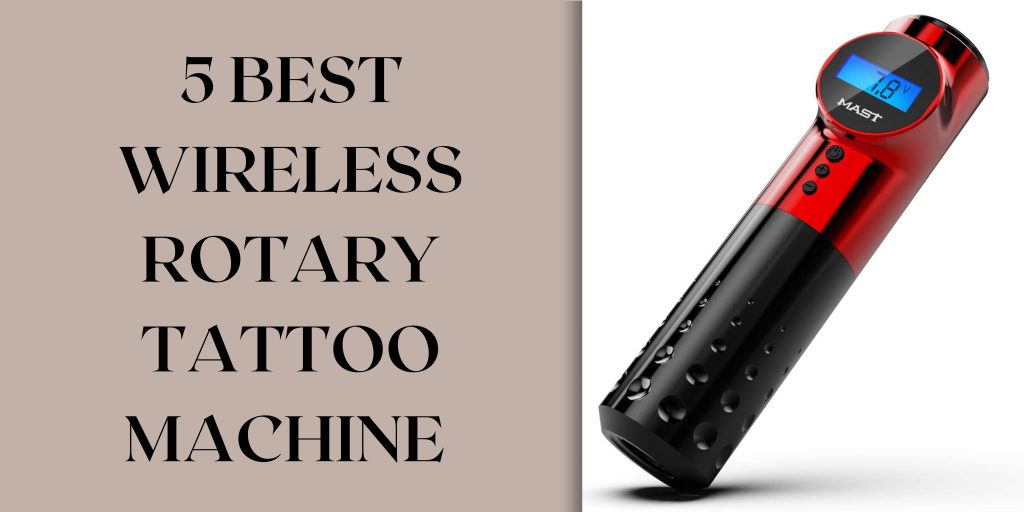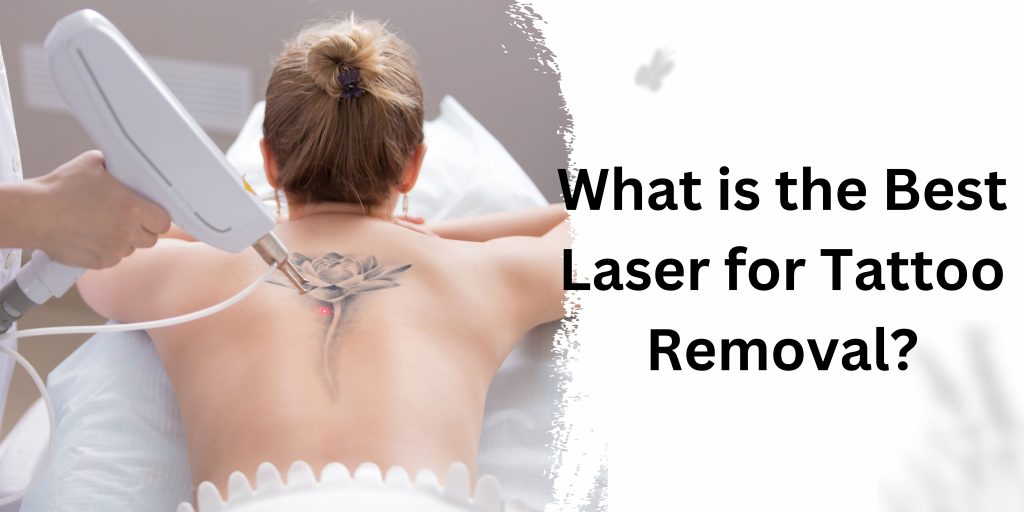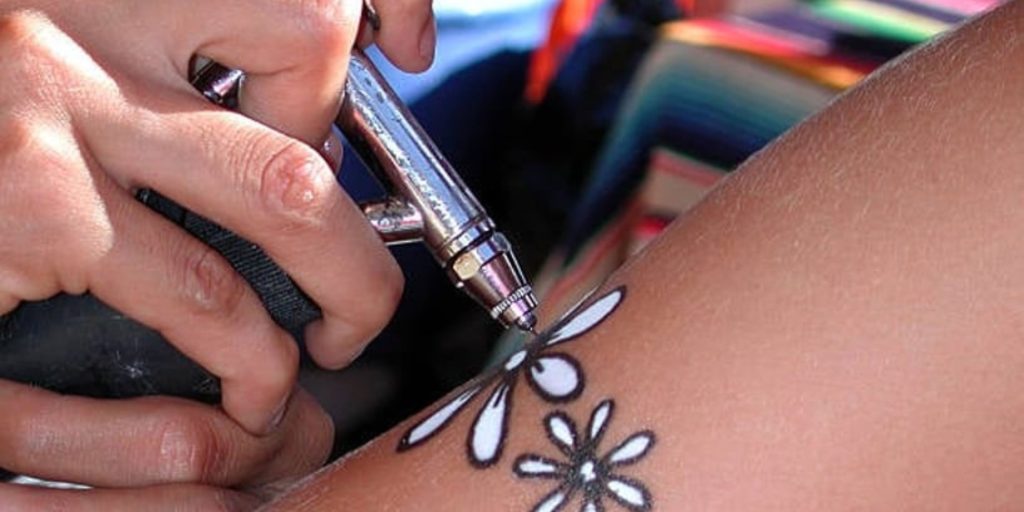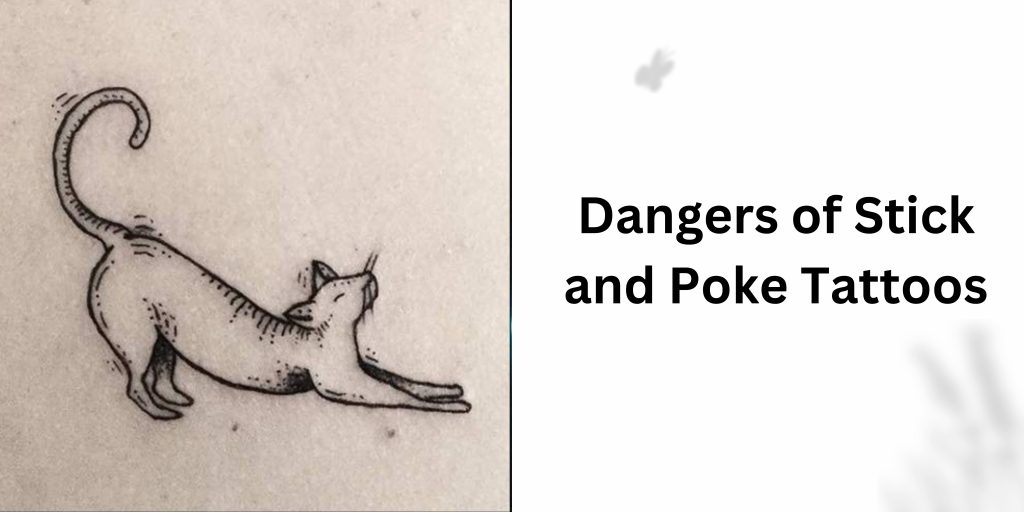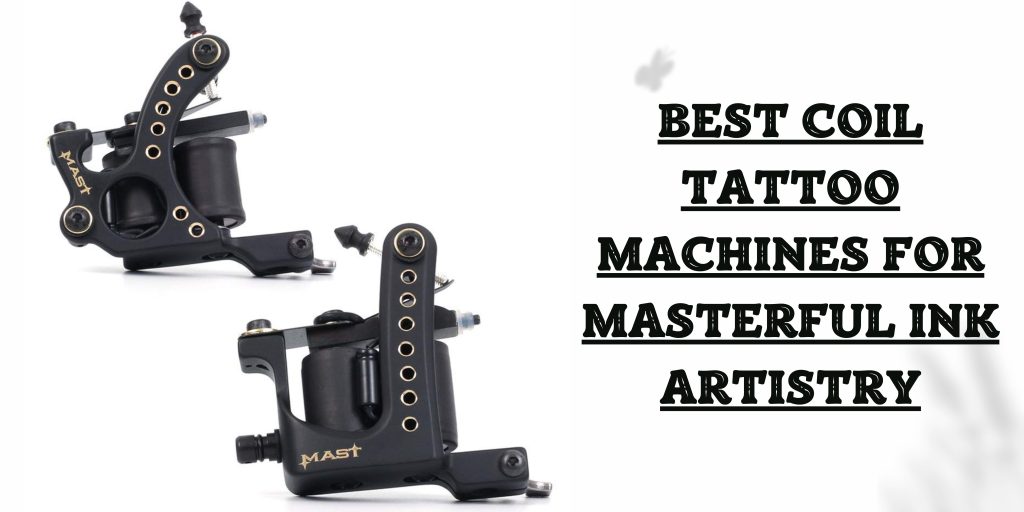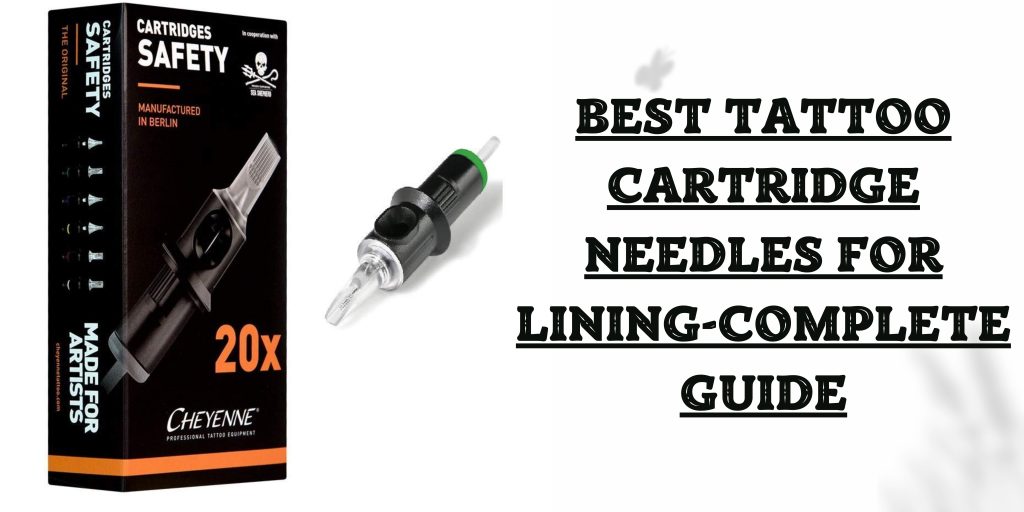When it comes to tattoos, many people want to showcase their ink with pride. Unfortunately, sometimes hair growth can obscure the tattoo and detract from its appearance. If you’re struggling with unwanted hair on your tattoo, you’re not alone. In this article, we’ll explore the best ways to remove hair from a tattoo safely and effectively.
Common Methods for Hair Removal on Tattoos
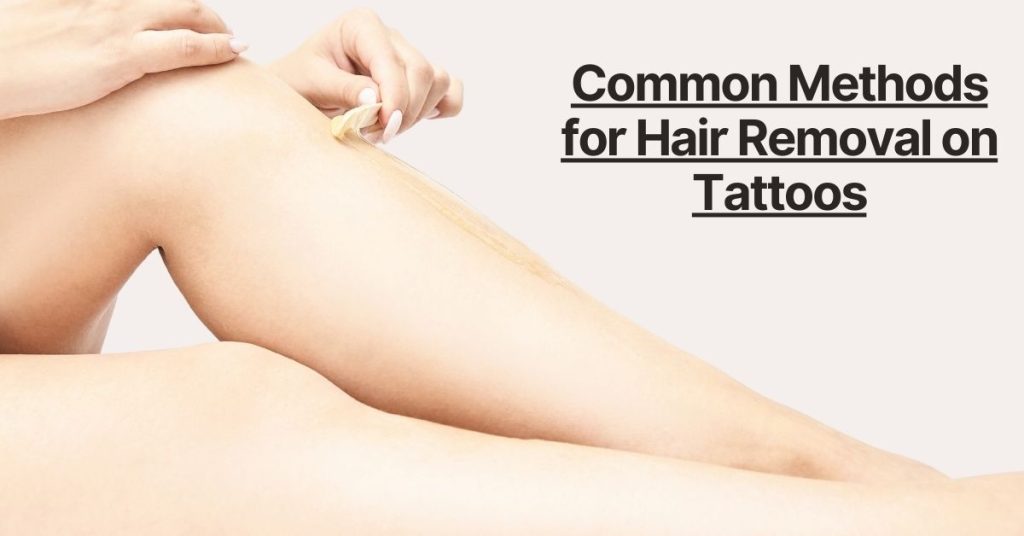
there are some common methods that are mostly regular use to remove hair from tattoo
Shaving
Shaving is one of the most popular hair removal methods but it can be tricky when it comes to tattoos. To avoid damaging the ink or causing irritation it’s important to use a fresh, sharp razor and shave carefully in the direction of hair growth. Shaving creams or gels can also help to protect the skin and prevent razor burns.
Waxing
Waxing is a longer-lasting hair removal method but it can be painful and may cause skin damage if not done correctly. If you choose to wax your tattoo, be sure to use a gentle, low-temperature wax and avoid applying it directly onto the ink. It’s also important to exfoliate the skin beforehand to prevent ingrown hairs.
Depilatory creams
Depilatory creams work by dissolving the hair at the surface of the skin. While they can be effective, they can also cause irritation or allergic reactions if left on for too long. If you choose to use a depilatory cream on your tattoo, be sure to follow the instructions carefully and do a patch test beforehand.
Laser hair removal
Laser hair removal is a more permanent hair removal option, but it can be expensive and may require multiple sessions. It’s also important to note that laser hair removal can be less effective on lighter or finer hair. If you choose to try laser hair removal on your tattoo, be sure to research reputable providers and follow their aftercare instructions carefully.
Factors When Choosing a Hair Removal Method
the most important factor that you should know when you are choosing any method of hair removing
Type and size of the tattoo
Some areas of the body may be more sensitive or difficult to reach than others, so it’s important to choose a hair removal method that works well for the specific location and size of your tattoo.
Skin type and sensitivity
Some hair removal methods may cause irritation or allergic reactions in people with sensitive skin. It’s important to do a patch test and monitor your skin for any adverse reactions before using any hair removal products on your tattoo. If you face dry skin issues then you should use Jergens. it helps you to keep your skin hydrated.
Hair thickness and density
Different hair removal methods work better for different hair types. For example, waxing may be more effective on thicker, coarser hair, while depilatory creams may work better on finer hair.
Best Practices for Hair Removal on Tattoos
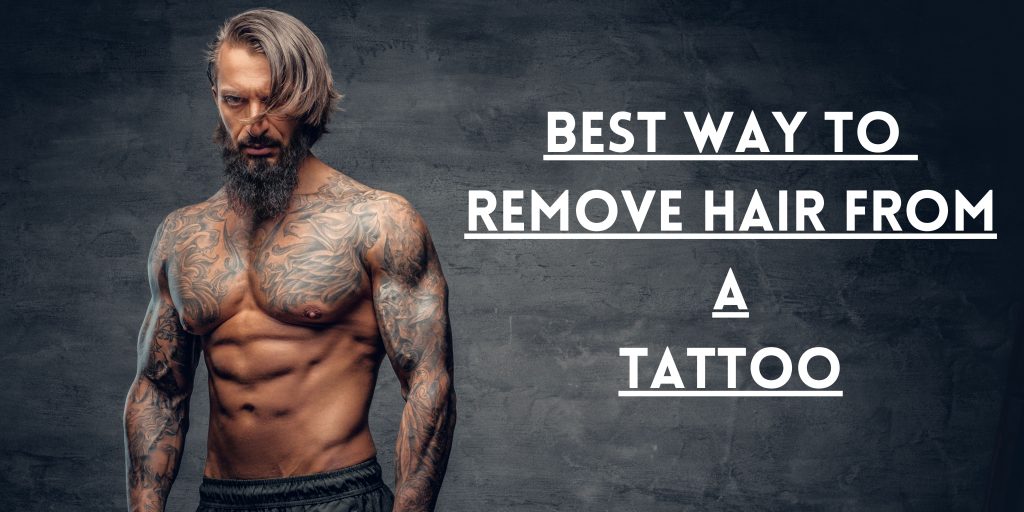
Preparing the skin and hair
Before removing hair from your tattoo, it’s important to exfoliate the skin to remove any dead skin cells that could trap hair and cause ingrown hairs. You should also make sure your skin is clean and dry before applying any hair removal products.
Choosing the right products and tools
To avoid damaging your tattoo or causing irritation, be sure to choose gentle, non-abrasive products and tools. It’s also important to follow the instructions carefully and not leave any hair removal products on for longer than recommended.
Following aftercare instructions
After removing hair from your tattoo, it’s important to follow any aftercare instructions provided by the product or service provider. This may include avoiding sun exposure, wearing loose clothing, or applying soothing lotions to the skin.
When can you shave over a tattoo?
You can generally start shaving over a tattoo once the skin has fully healed, which typically takes around 2-3 weeks. It’s important to wait until the tattoo is fully healed to avoid damaging the ink or causing irritation to the skin. Before shaving, make sure to wash the area with mild soap and warm water to remove any dirt or bacteria. Use a fresh, sharp razor and shave carefully in the direction of hair growth to avoid any irritation or nicks that could damage the tattoo. If you experience any redness or irritation after shaving, wait a few days before shaving again to allow the skin to fully recover.

